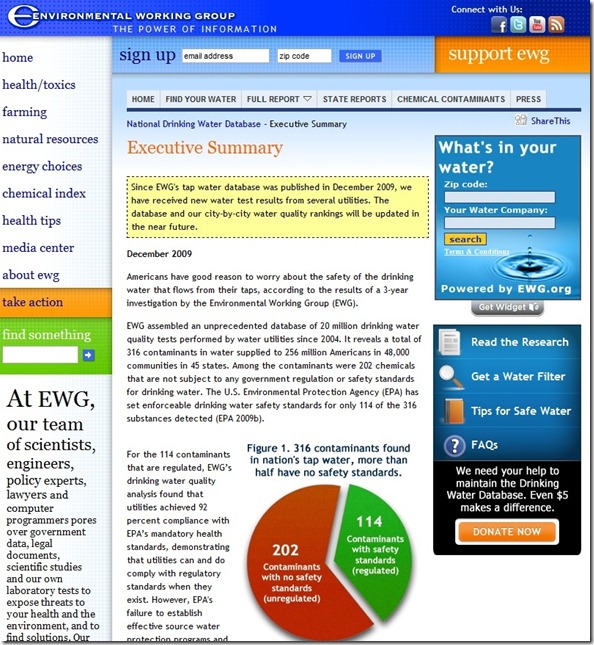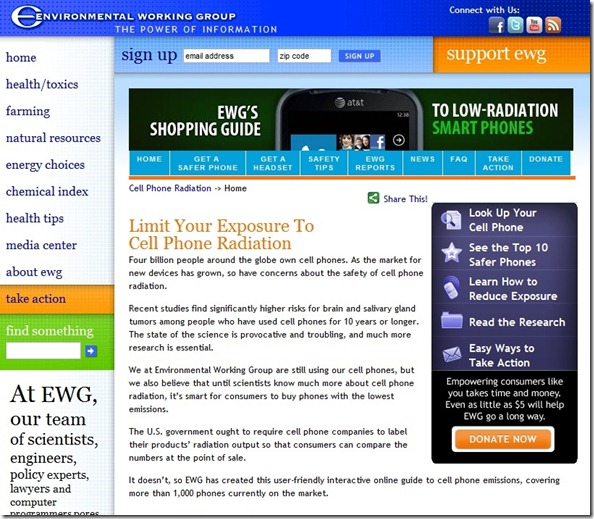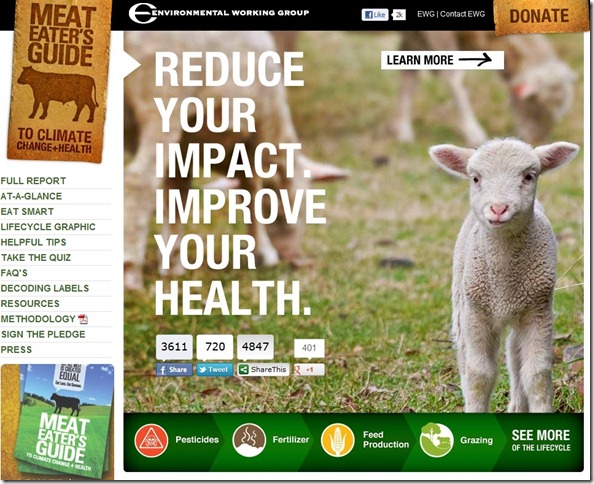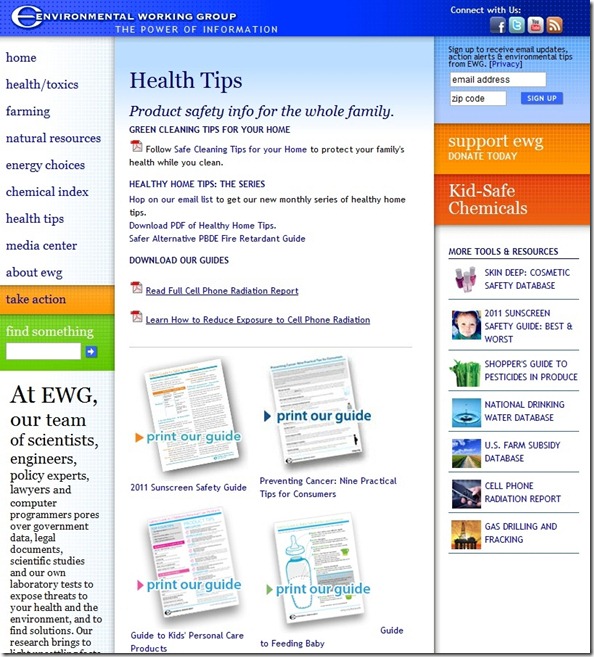P.I.N.K. Method: Review
If you want to change your life and improve your body, P.I.N.K. Method founder Cynthia Pasquella says she has the answers.
The hip, girly P.I.N.K. Method is a low-calorie diet plan with a rigorous exercise component promising a full-body makeover. "It can help you lose weight, improve your health, look your best, and change the way you think about yourself," Pasquella says.
P.I.N.K. stands for power, intensity, nutrition, and "kardio." It was designed for women and has been seen on Dr. Phil and The Doctors TV shows.
"The P.I.N.K. Method has some great advice addressing the whole person, recommendations to choose nutrient-rich foods and be physically active," says Heather Mangieri, MS, RD, a spokeswoman for the Academy of Nutrition and Dietetics (formerly called the American Dietetic Association).
But Mangieri also thinks the claims are over-promised. "Even in the best circumstances, many of the claims are overstated and not based on research," says Mangieri, who counsels overweight women in her Pittsburgh practice. "Foods are not fat burners and not everyone is going to rejuvenate skin, hair, and nails, and heighten their energy and libido on this plan."
P.I.N.K. Method Diet: What’s on the Menu
Foods allowed emphasize light proteins and unprocessed, whole plant foods. Vegetables, fruits, and carbs recommended are rich in fiber and take longer to digest. The plan recommends organic foods.
Refined sugars, alcohol, and processed foods are not on the menu. Caffeine is permitted in small doses. Alcohol in small portions (one to two servings per week) is allowed after the first nine weeks. Stevia is the only artificial sweetener allowed on the plan.
The P.I.N.K. Method diet is divided into four phases:
- Reset: This phase lasts for three to 14 days. It's geared toward fast weight loss of up to a pound a day prior to starting the workouts. It's also used for four days between each of the plan's workouts. Sample menu items include a breakfast drink made with whey protein; vegetables for snacks; and protein, whole grains, and non-starchy vegetables for lunch or dinner. Apart from the morning drink, carbs are limited to vegetables throughout the day. It’s a good thing this phase is short, because sticking to the limited amount of food could be tough. "Reset has about 1,025 calories, which is too low. I never recommend going below 1,200 calories because it is impossible to get the nutrition you need," Mangieri says.
- P.I.N.K. Primary: After losing five to 10 pounds, you move on to the P.I.N.K. Primary phase and start the plan's first workout DVD. Meal plans during this phase include protein, vegetables, and fruit. Mangieri estimates this phase contains about 1,600 calories per day. That should be enough to support the exercise component. "This phase has enough calories but is low in vitamin D and calcium," which are two nutrients that many women don't get enough of, Mangieri says. She suggests adding a few servings of nonfat diary or a multivitamin/mineral.
- 7 Day Shred: When you are within five pounds of your goal weight, the plan calls for you to shift to the 7-Day Shred phase. This phase cuts down on carbs and fats, replacing them with a vegetable soup to help you peel off those last few pounds. Drink lots of water and take a multivitamin/mineral. Workouts are restricted to easy 15-minute activities. Mangieri recommends skipping this phase (and the Reset phase), because they are inadequate in calories and nutrients -- instead, go directly to P.I.N.K.'s Primary and Preservation phases.
- PINK Preservation: This is the plan's maintenance phase, which you start when you reach your goal weight. It contains about 1,400-1,800 calories per day and is the plan's most flexible phase. "Preservation is the forever nutrition and fitness plan that keeps those lost pounds and inches from returning," Pasquella says.
P.I.N.K. Method Exercise Plan
The P.I.N.K. Method comes with three fitness DVDs. Follow them in order, using each one for three weeks.
Each DVD contains three workouts focused on sculpting, cardio, and flexibility for one to two hours. Bonus workouts are also included.
Physical activity is important for everyone, but "these tough workouts may be hard for older women or beginners," Mangieri says.
P.I.N.K. Method Diet: Food for Thought
Eating a wide variety of healthy foods and getting plenty of exercise is a well-known prescription for weight loss.
The P.I.N.K. Method is easy to follow and enhanced by online support and a nutrition guide. But it may be challenging because it is an inflexible, restrictive diet approach limited in calories.
If this program works for you, follow the wellness advice and P.I.N.K. primary recommendations to eat a cleaner diet with lots of healthy foods. Add a once-daily multivitamin/mineral to fill in the nutritional gaps, and get regular physical activity.
When dietary recommendations are not sustainable in the long term, keep looking for a diet plan that promotes healthy changes you can live with forever. Unless you change your eating and lifestyle habits permanently, the weight is likely to return. Better yet, consult a registered dietitian for a customized food plan just for you.
Kathleen Zelman, MPH, RD, is director of nutrition for WebMD. Her opinions and conclusions are her own.






